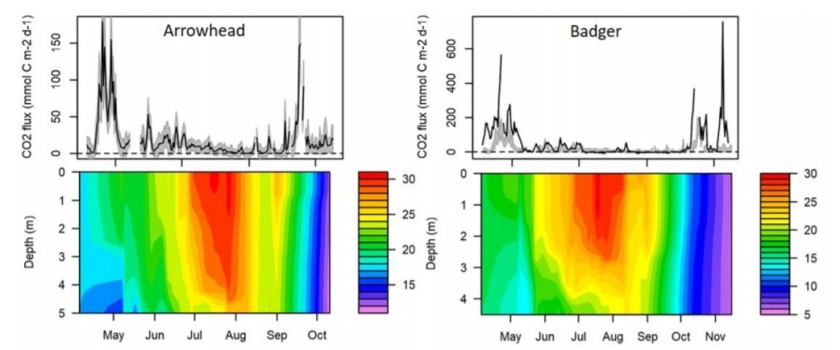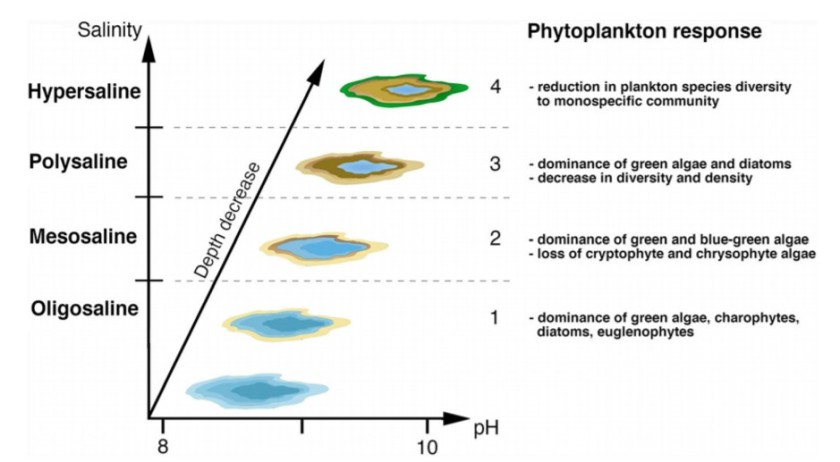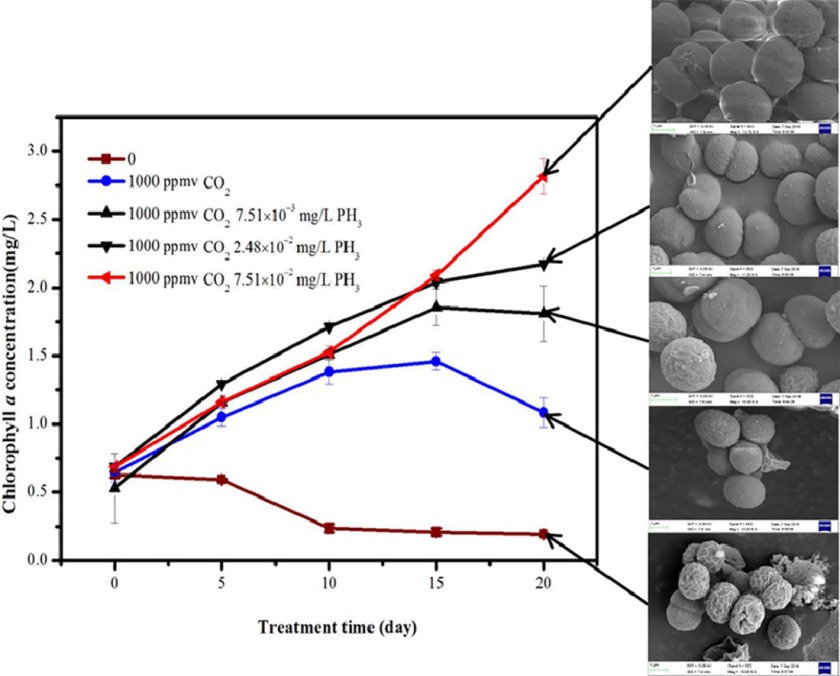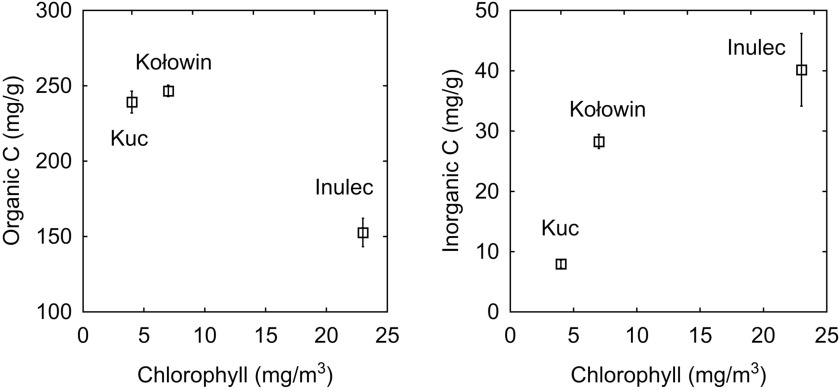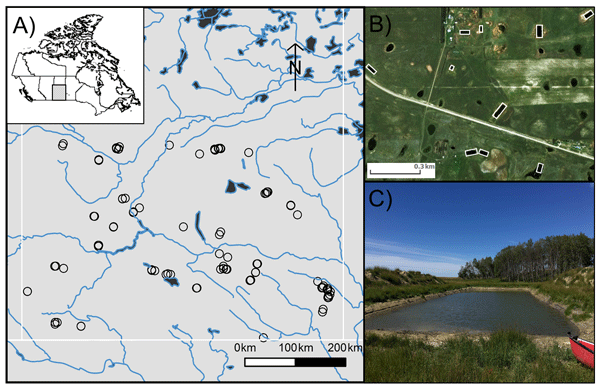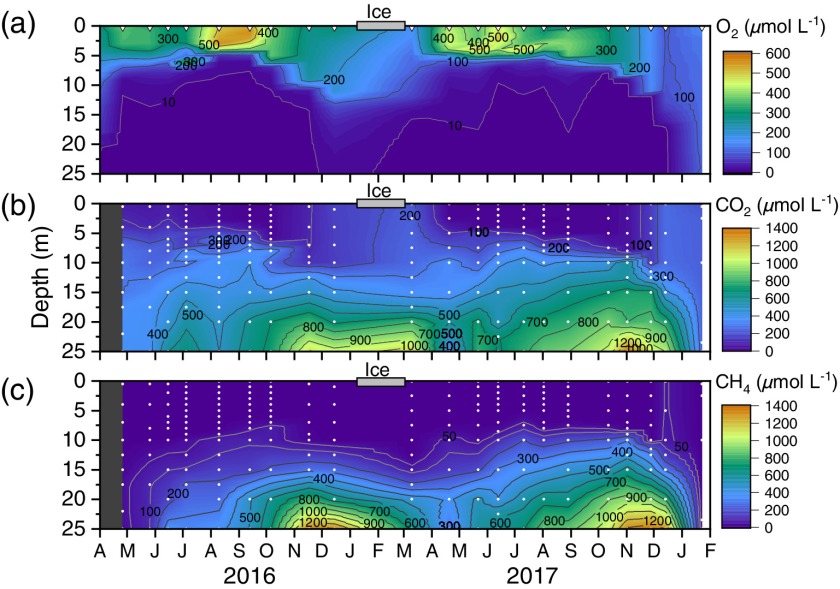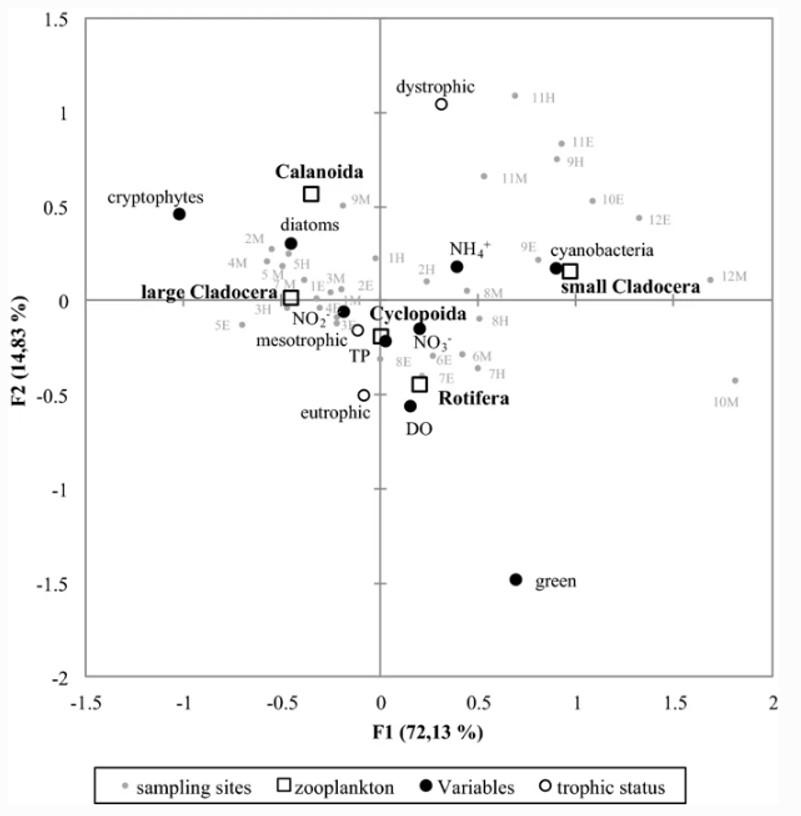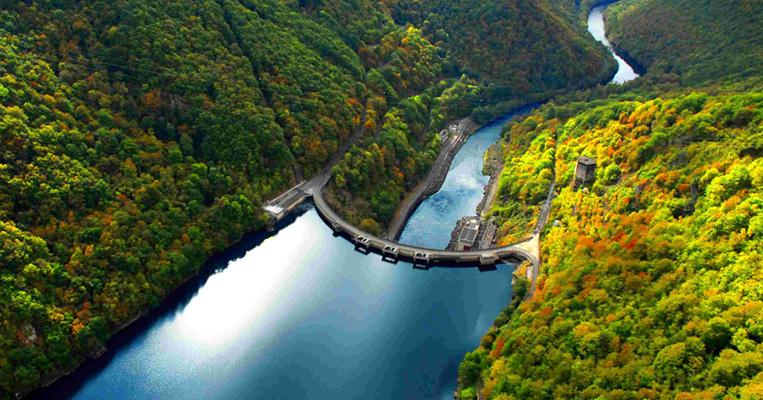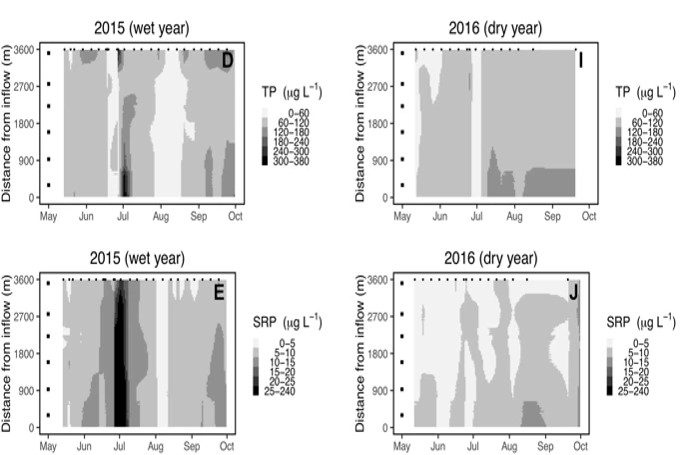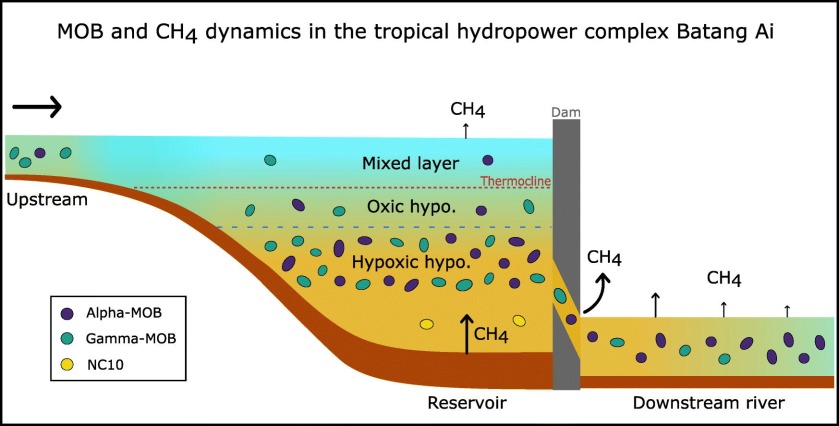
Authors
Paula C. J. Reis, Clara Ruiz-González, Sophie Crevecoeur, Cynthia Soued, Yves T. Prairie
Methane-oxidizing bacteria (MOB) present in the water column mitigate methane (CH4) emissions from hydropower complexes to the atmosphere. By creating a discontinuity in rivers, dams cause large environmental variations, including in CH4 and oxygen concentrations, between upstream, reservoir, and downstream segments. Although highest freshwater methanotrophic activity is often detected at low oxygen concentrations, CH4 oxidation in well-oxygenated downstream rivers below dams has also been reported. Here we combined DNA and RNA high-throughput sequencing with microscopic enumeration (by CARD-FISH) and biogeochemical data to investigate the abundance, composition, and potential activity of MOB taxa from upstream to downstream waters in the tropical hydropower complex Batang Ai (Malaysia). High relative abundance of MOB (up to 61% in 16S rRNA sequences and 19% in cell counts) and enrichment of stable isotopic signatures of CH4 (up to 0‰) were detected in the hypoxic hypolimnion of the reservoir and in the outflowing downstream river. MOB community shifts along the river-reservoir system reflected environmental sorting of taxa and an interrupted hydrologic connectivity in which downstream MOB communities resembled reservoir’s hypolimnetic communities but differed from upstream and surface reservoir communities. In downstream waters, CH4 oxidation was accompanied by fast cell growth of particular MOB taxa. Our results suggest that rapid shifts in active MOB communities allow the mitigation of CH4 emissions from different zones of hydropower complexes, including in quickly re-oxygenated rivers downstream of dams.

